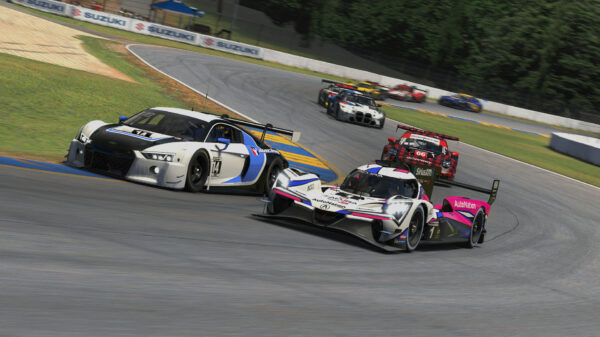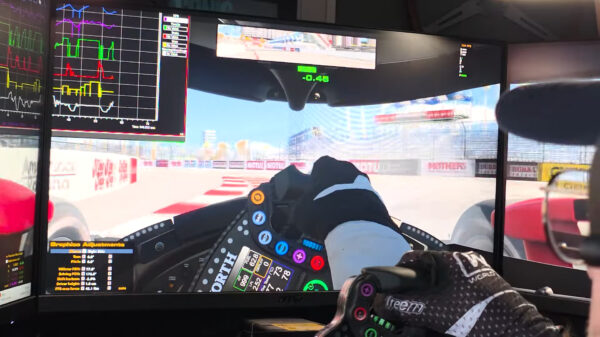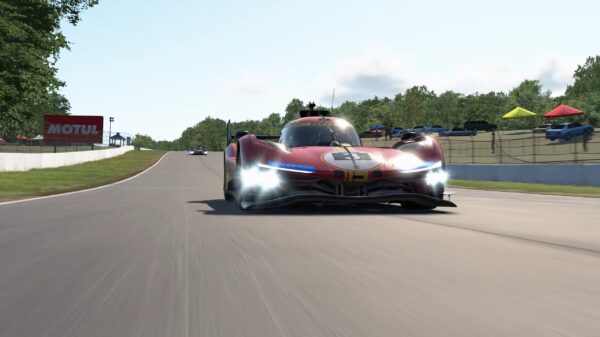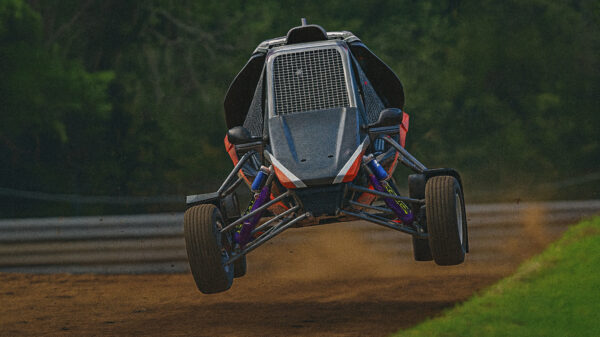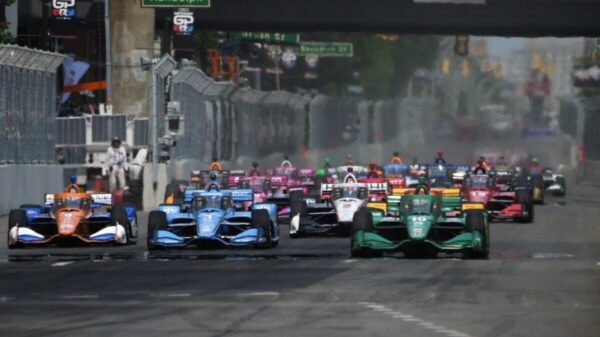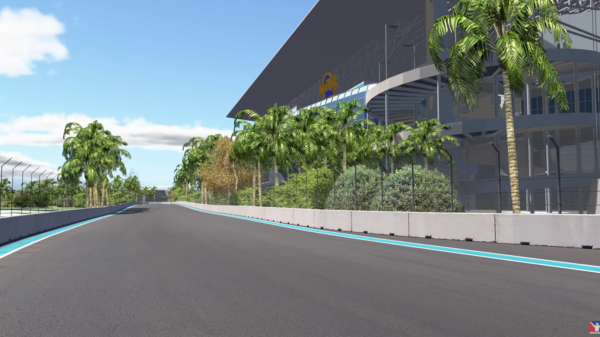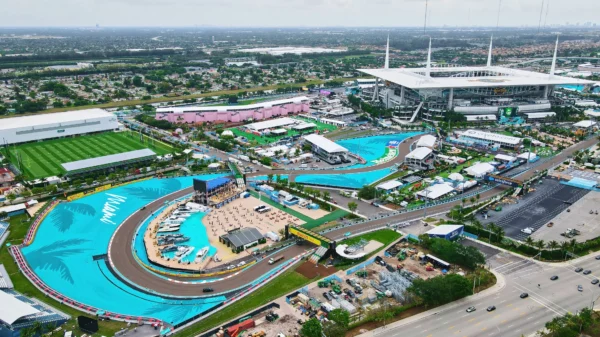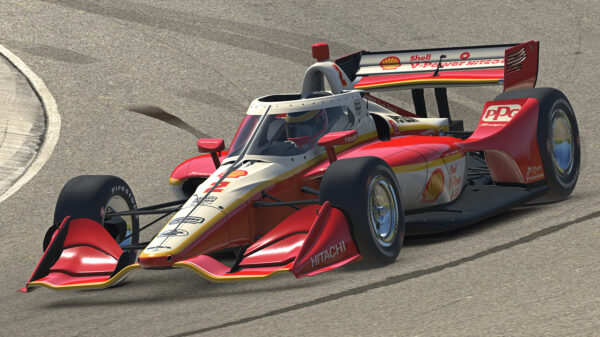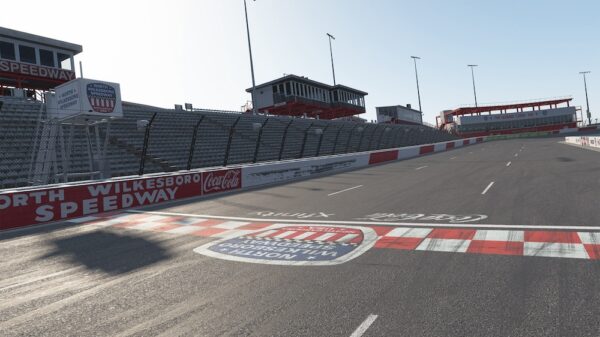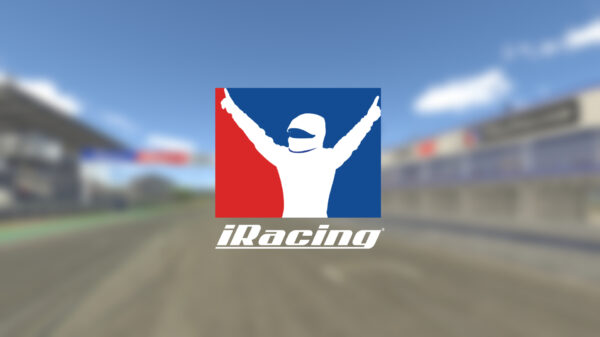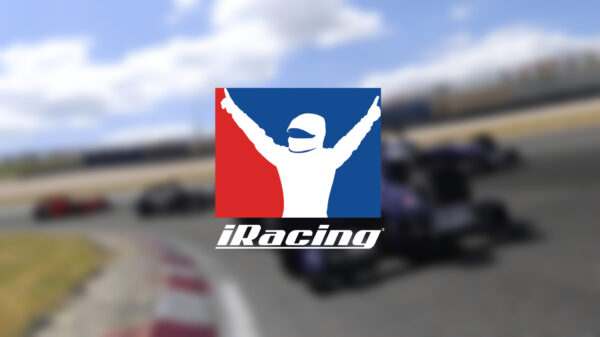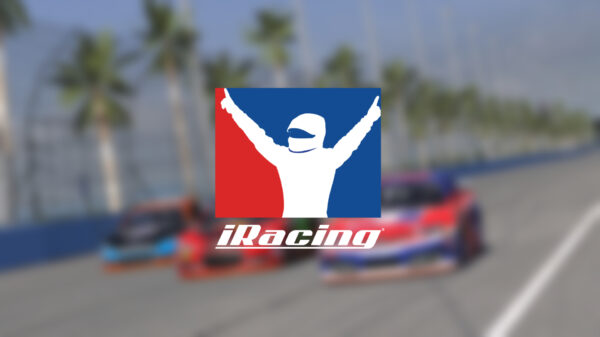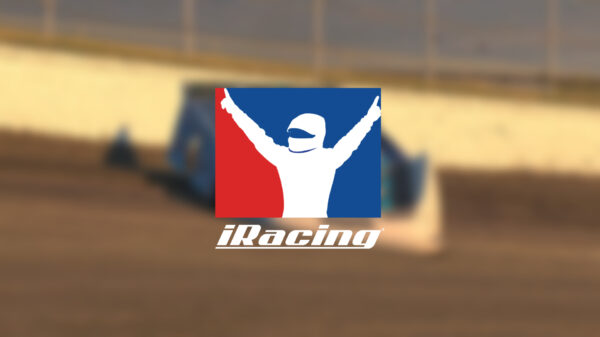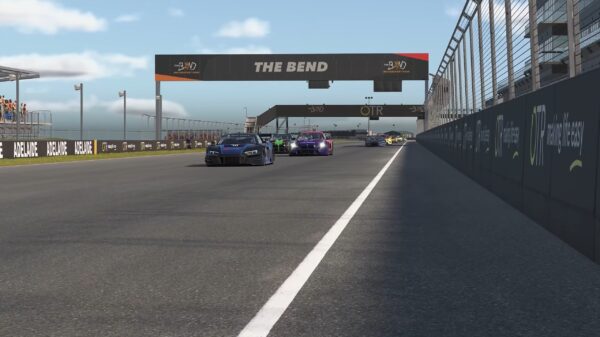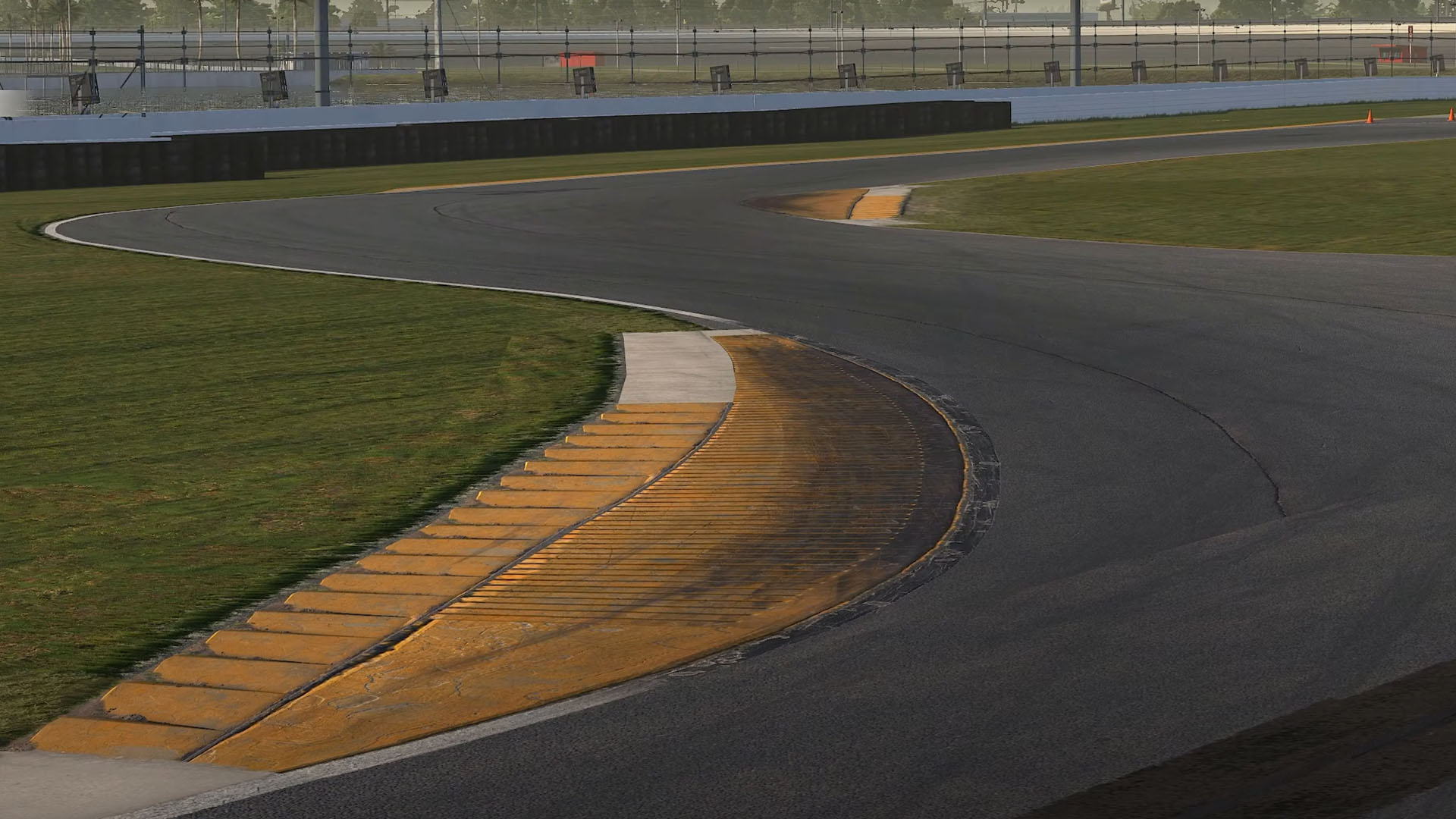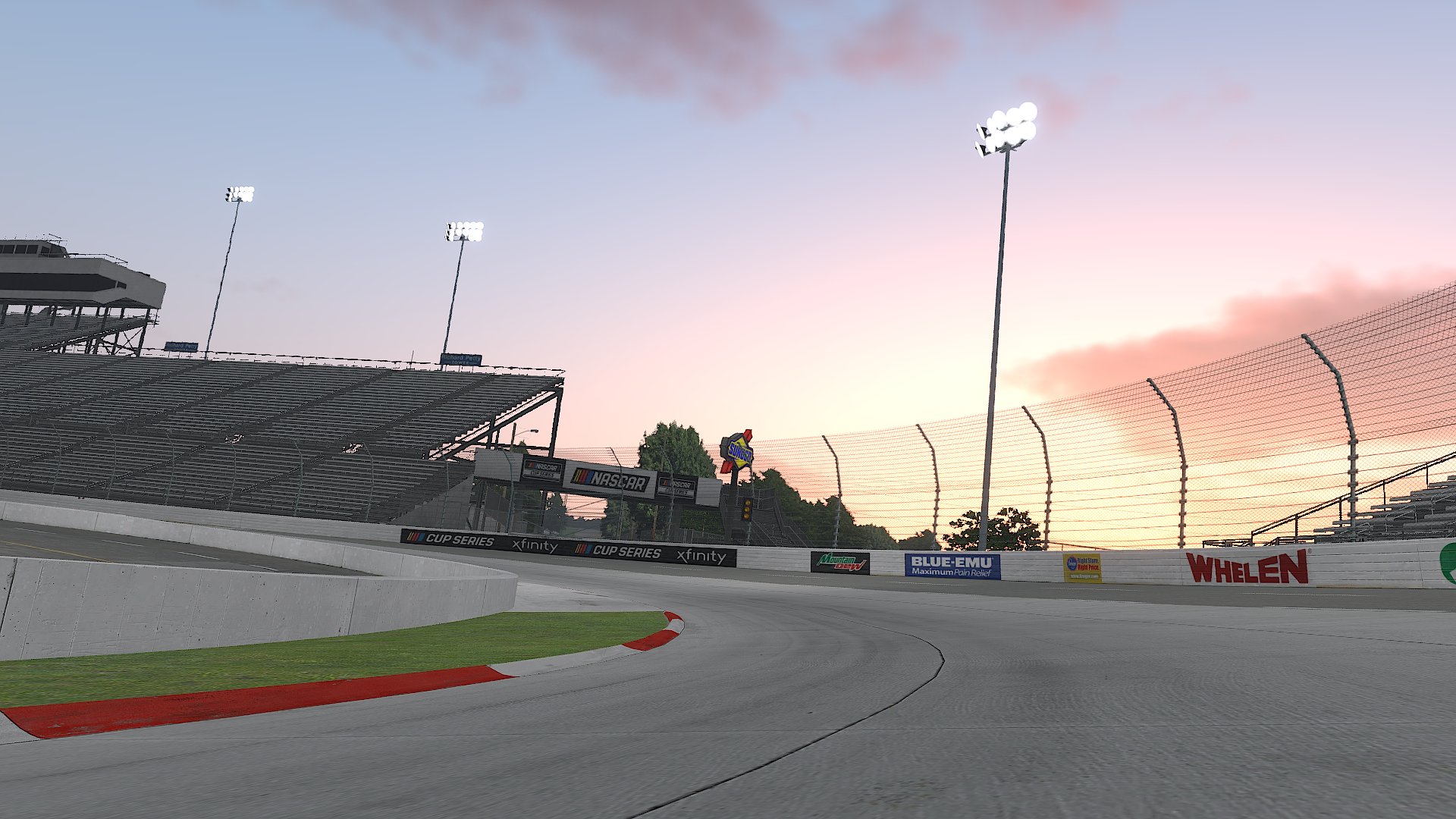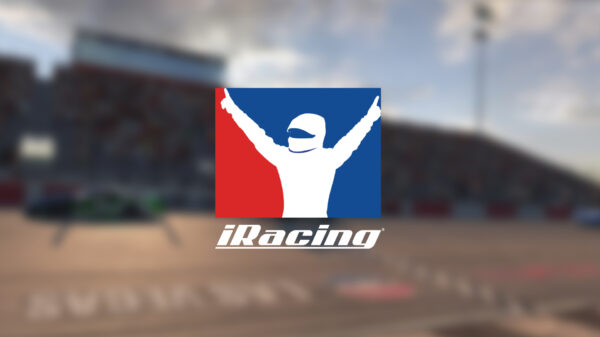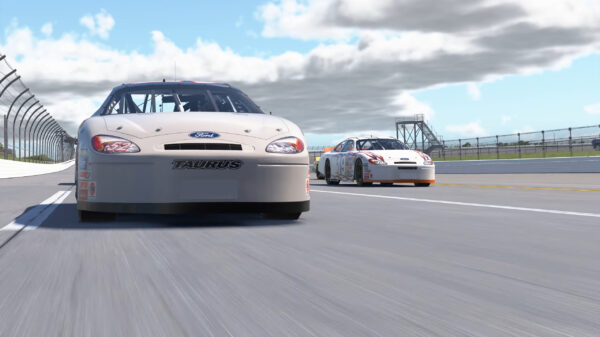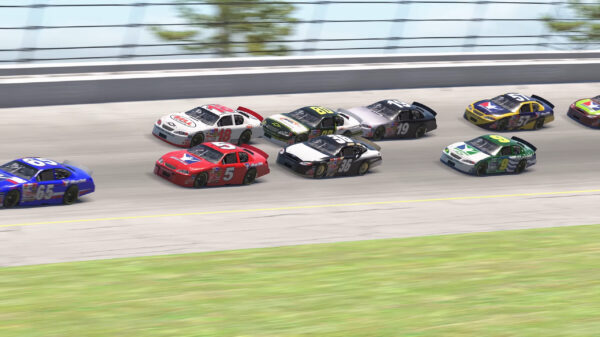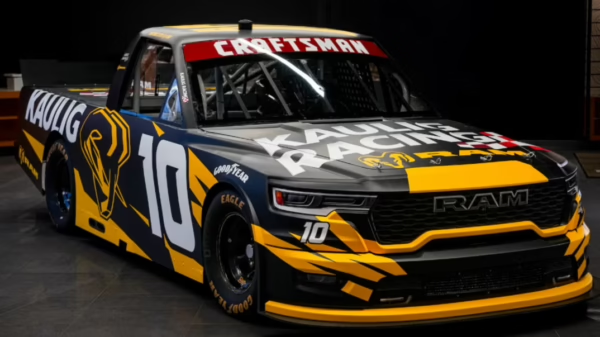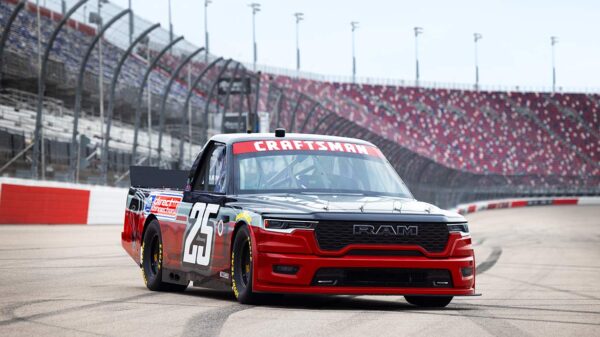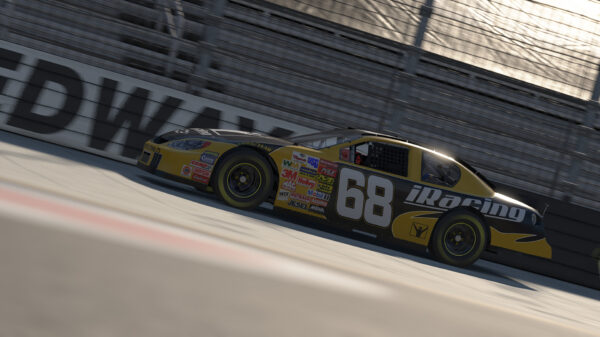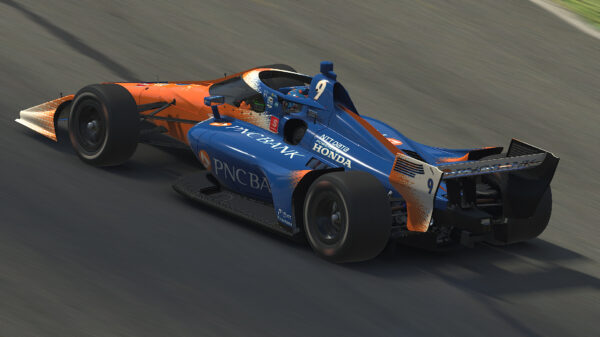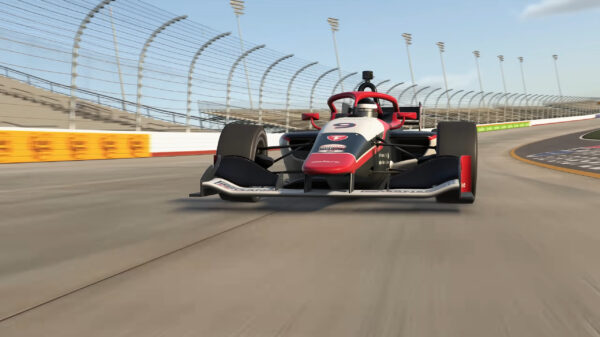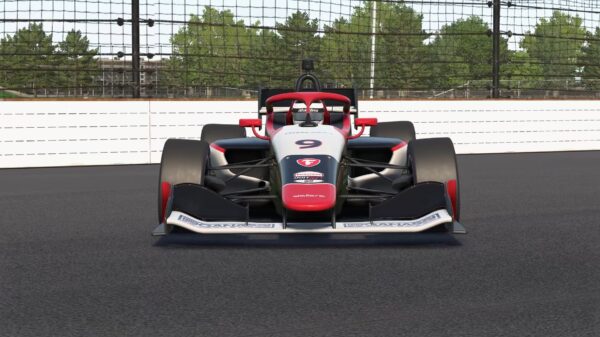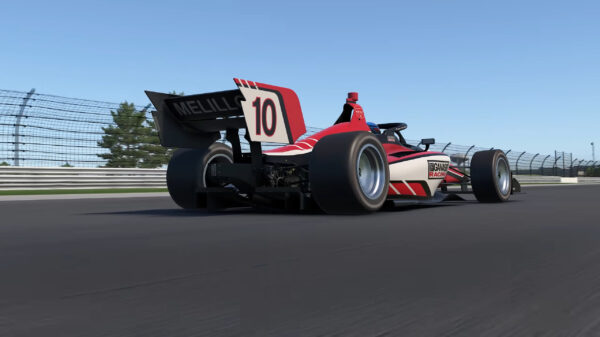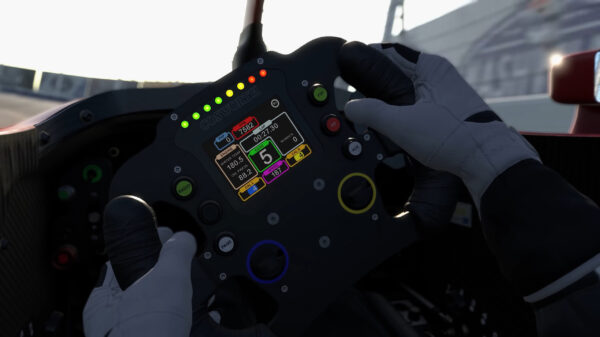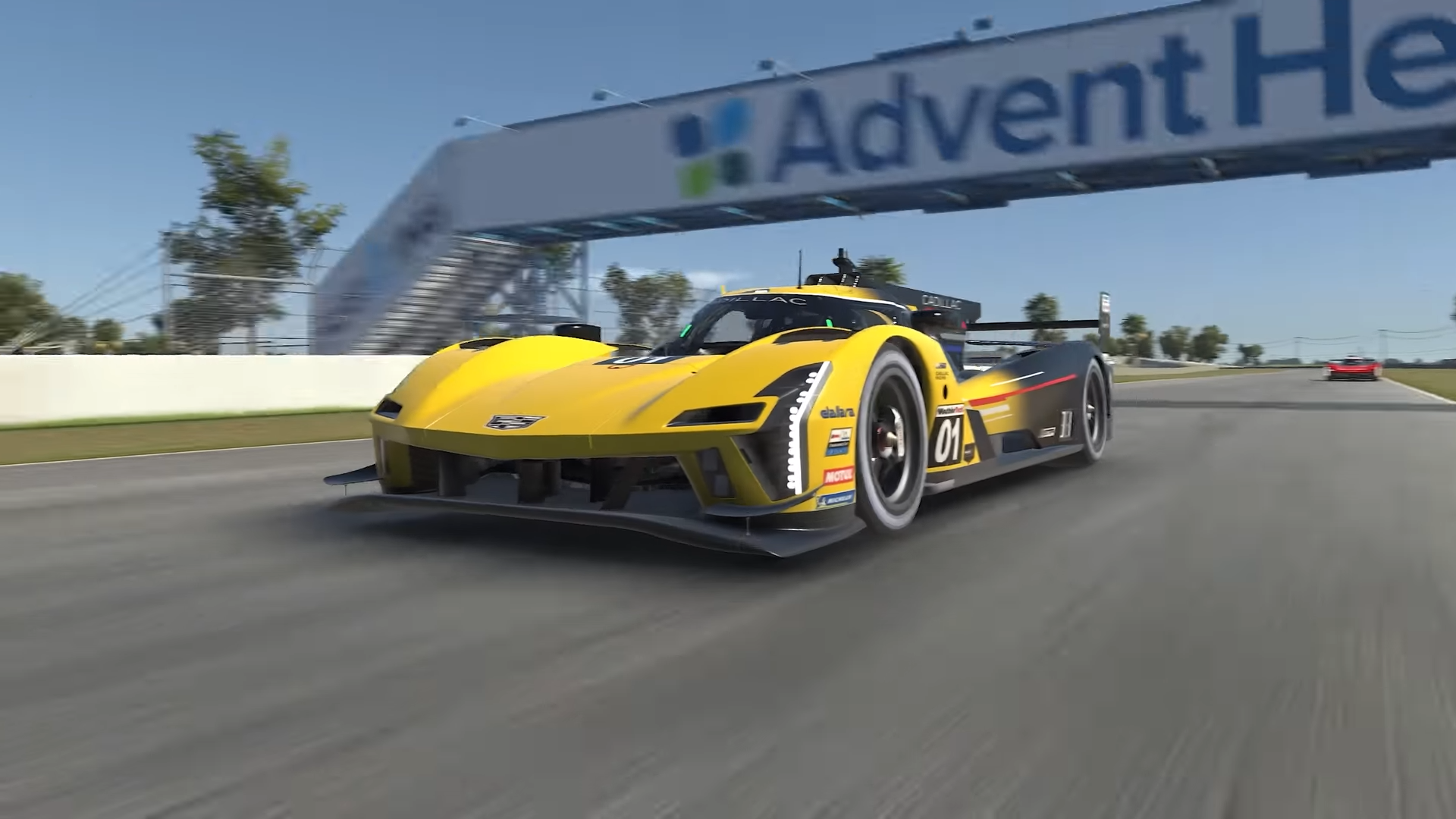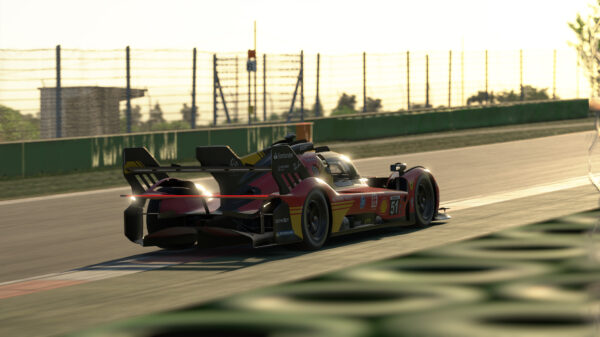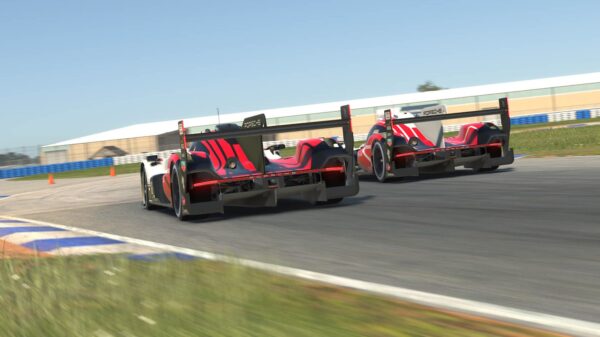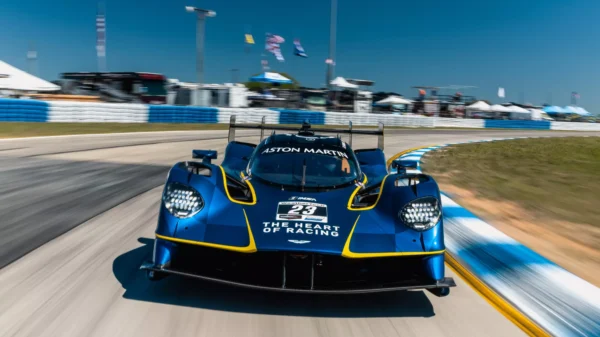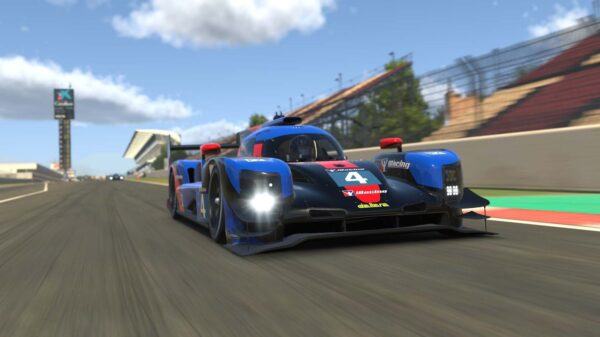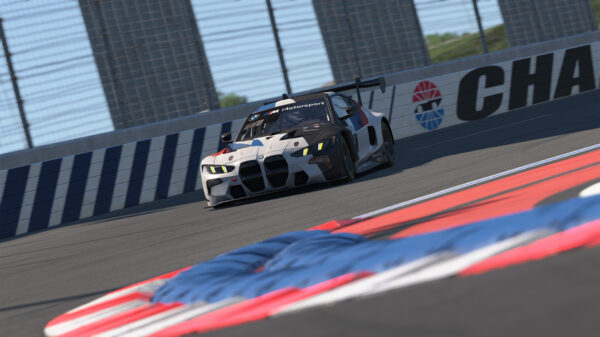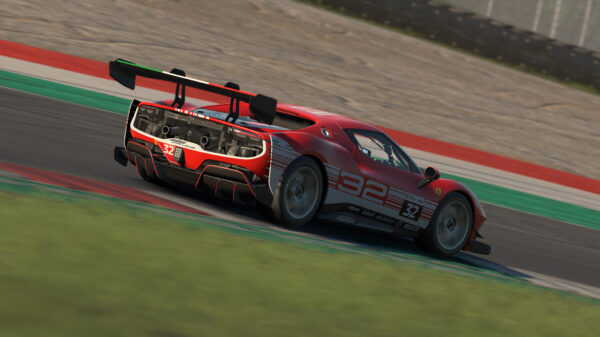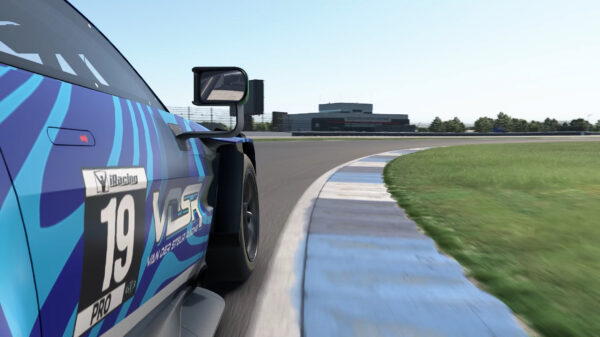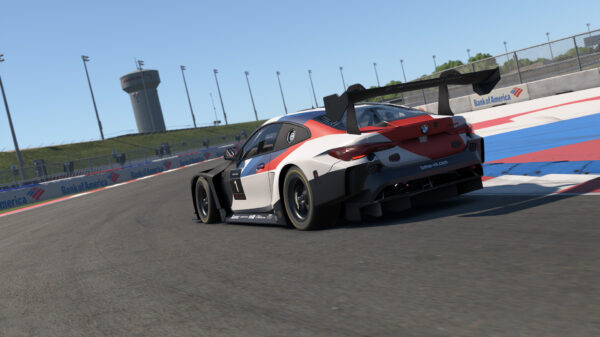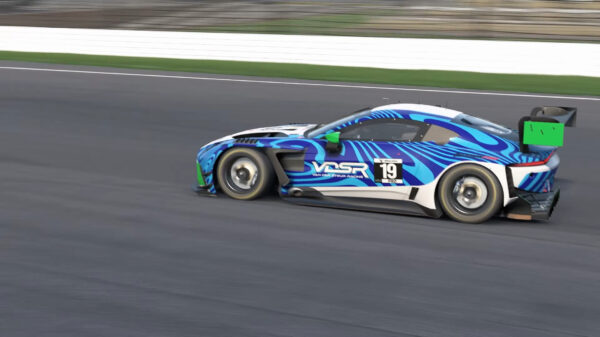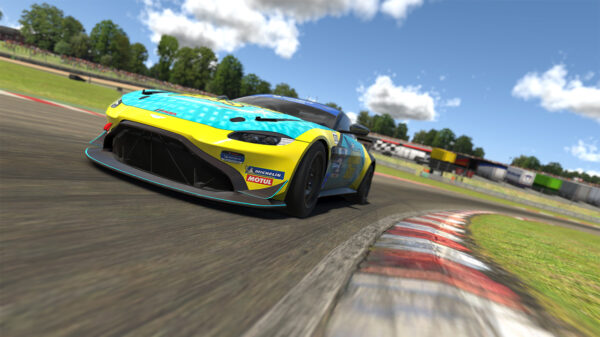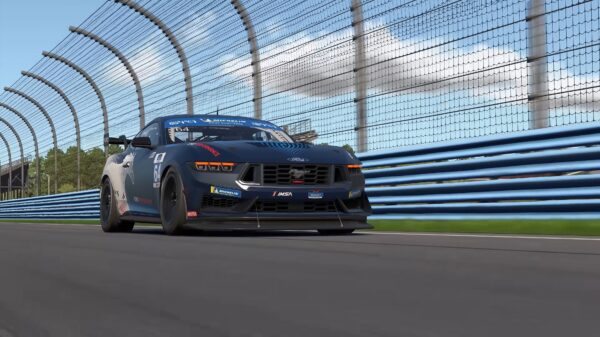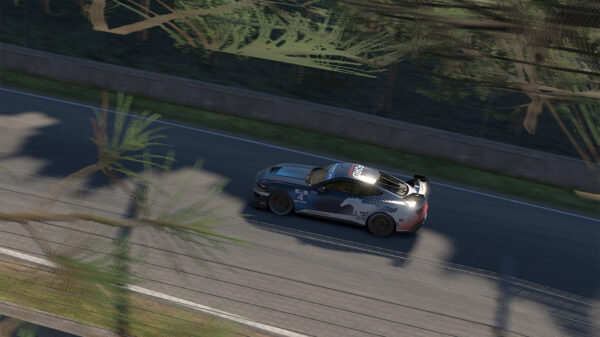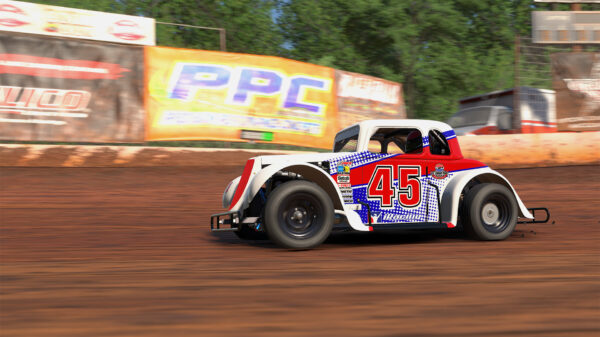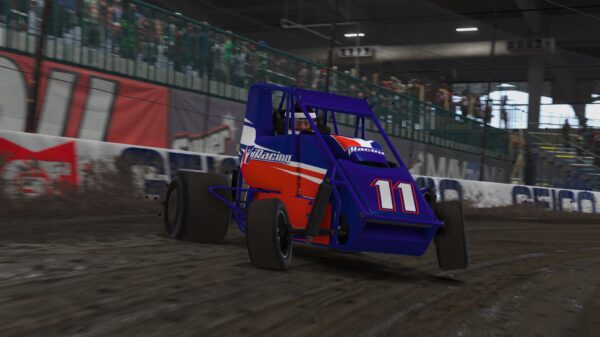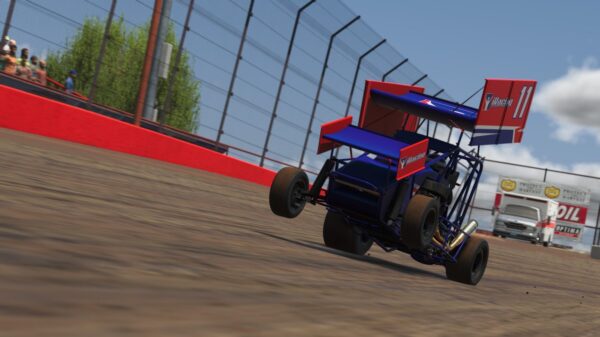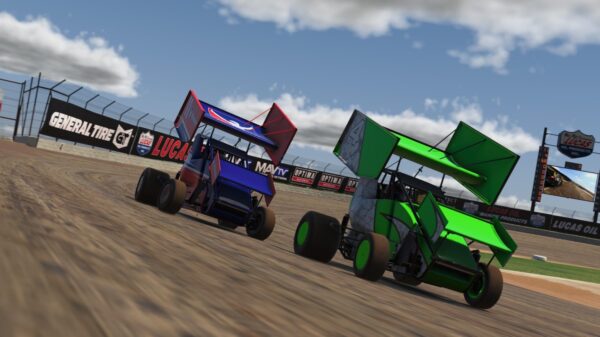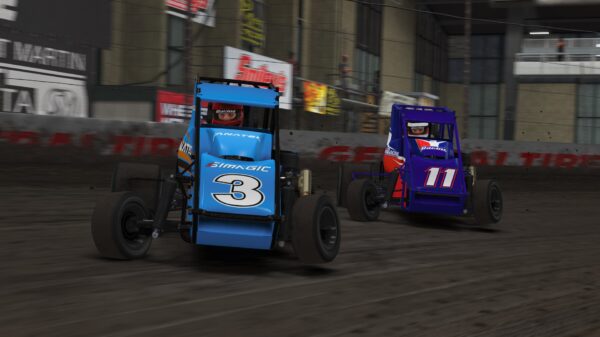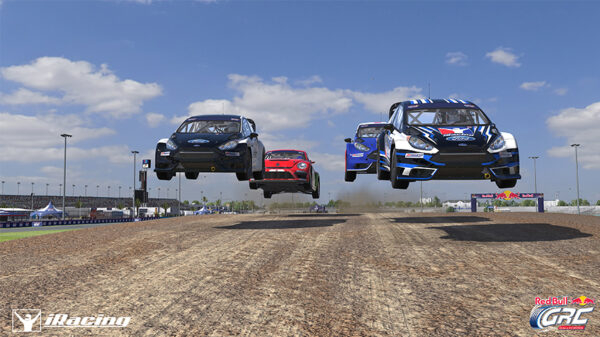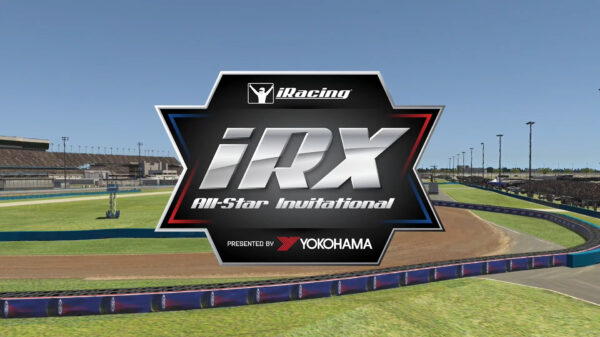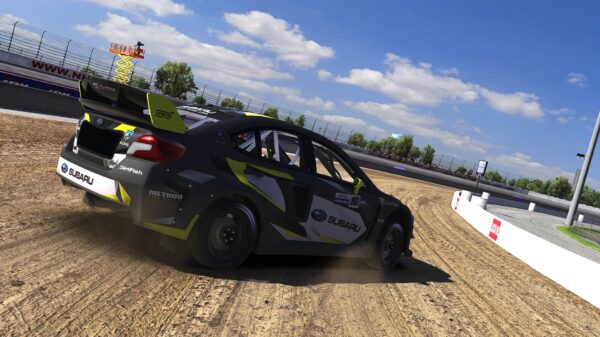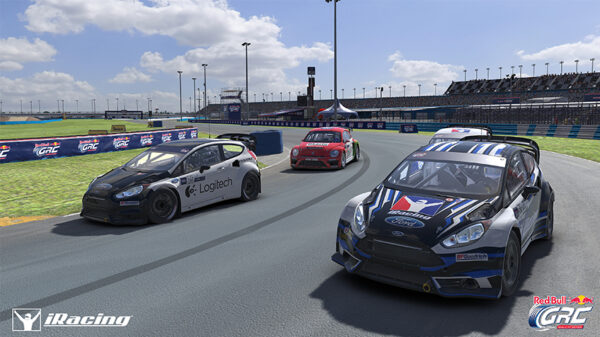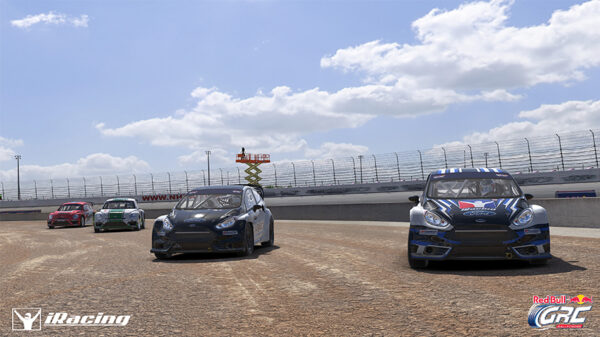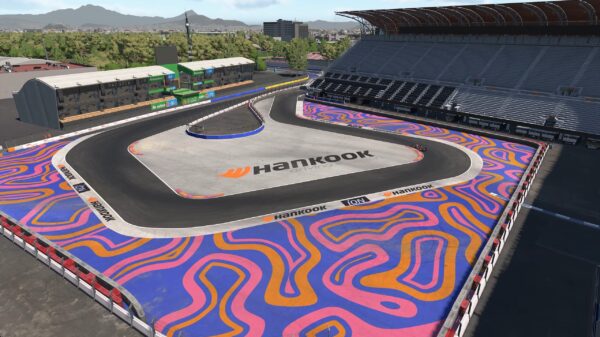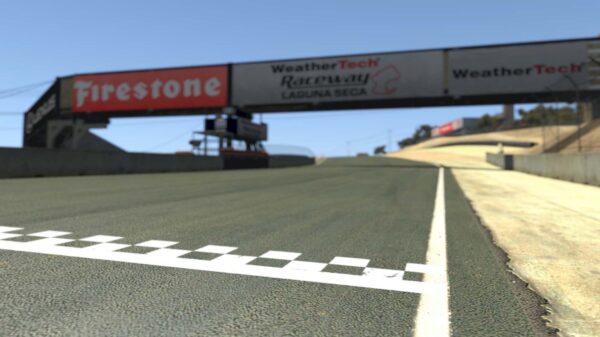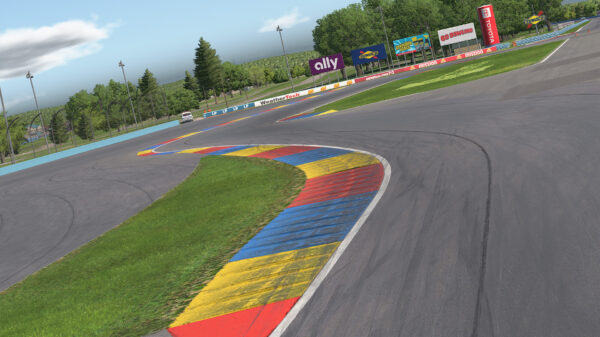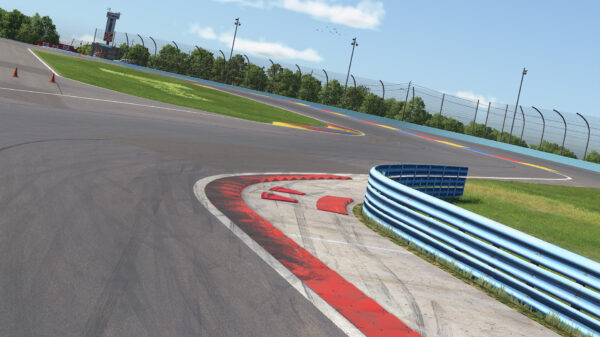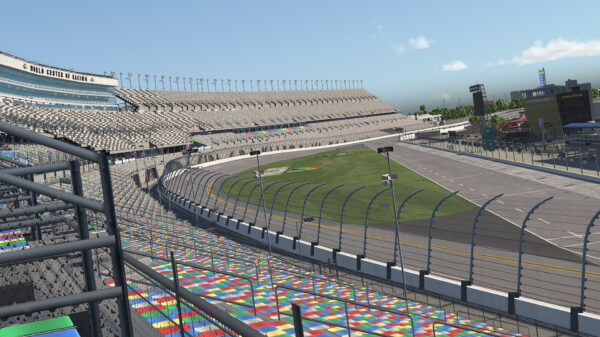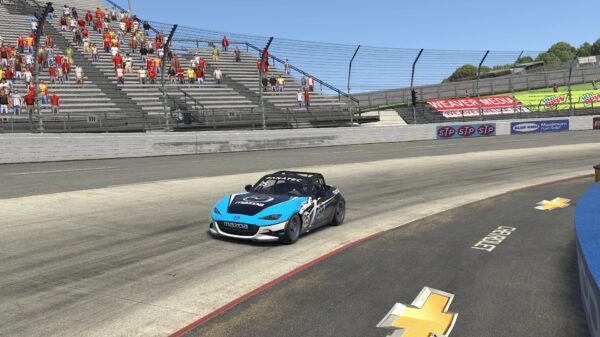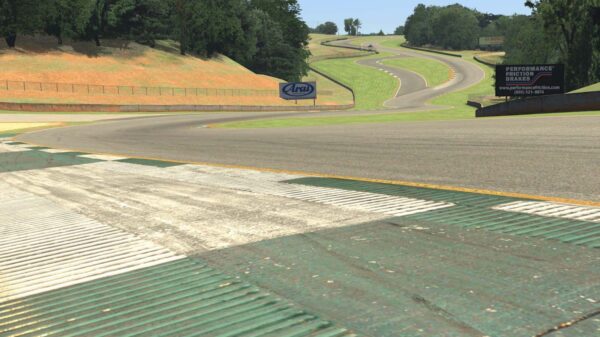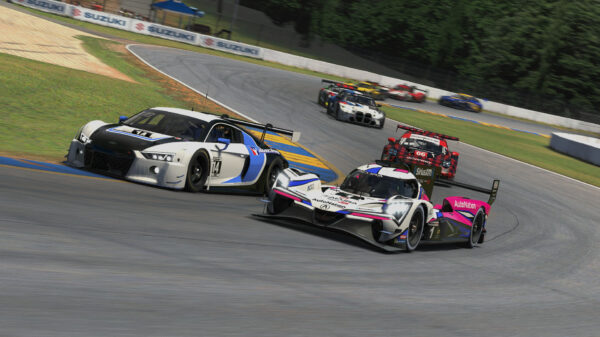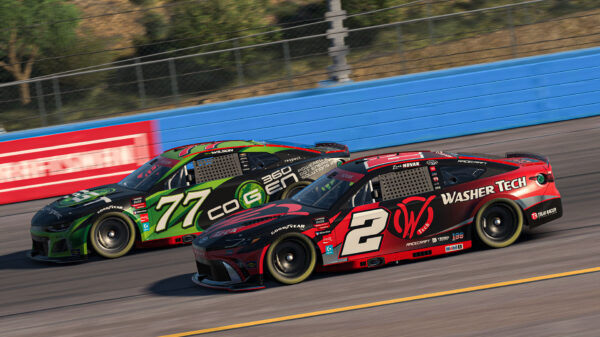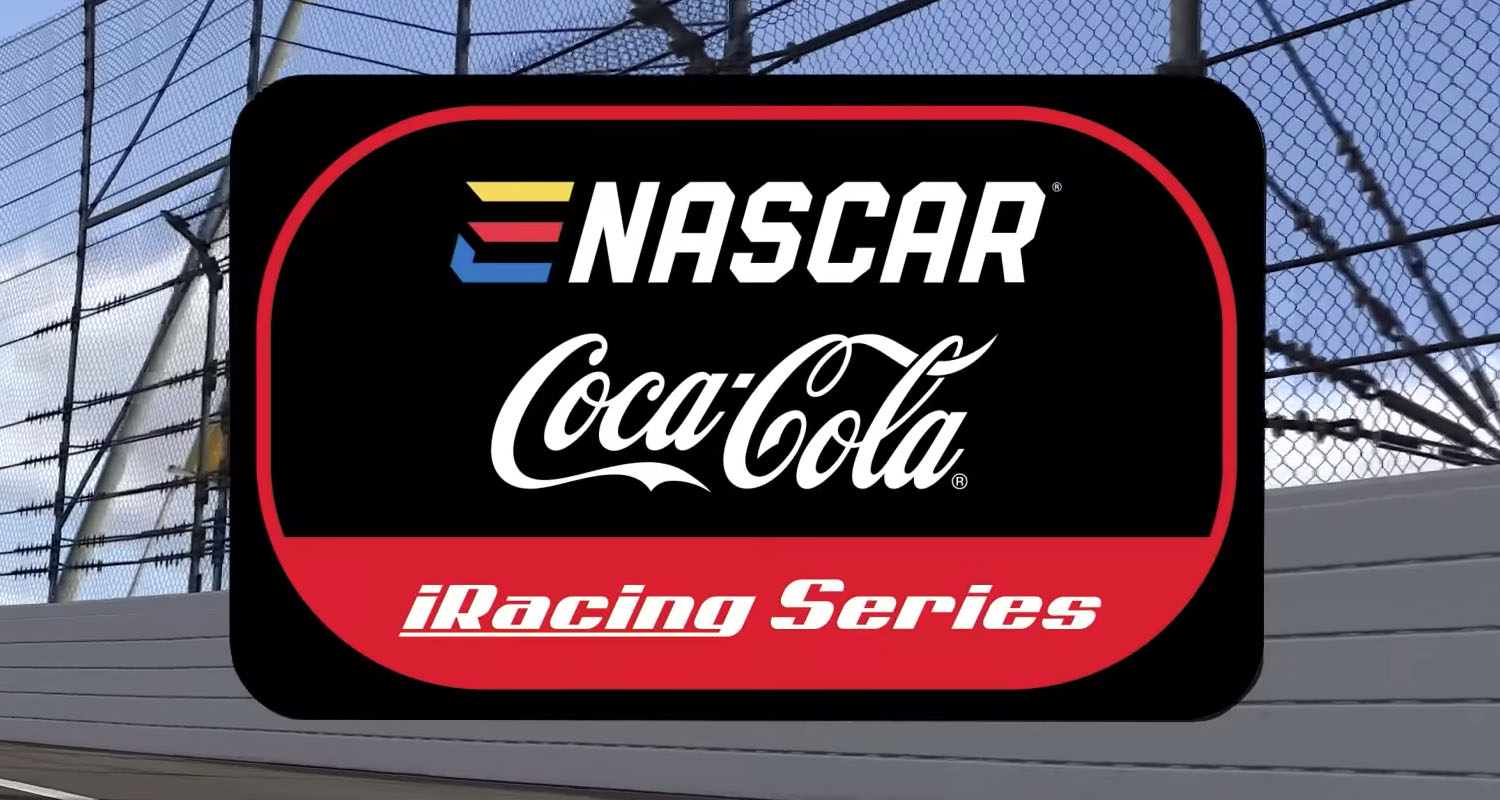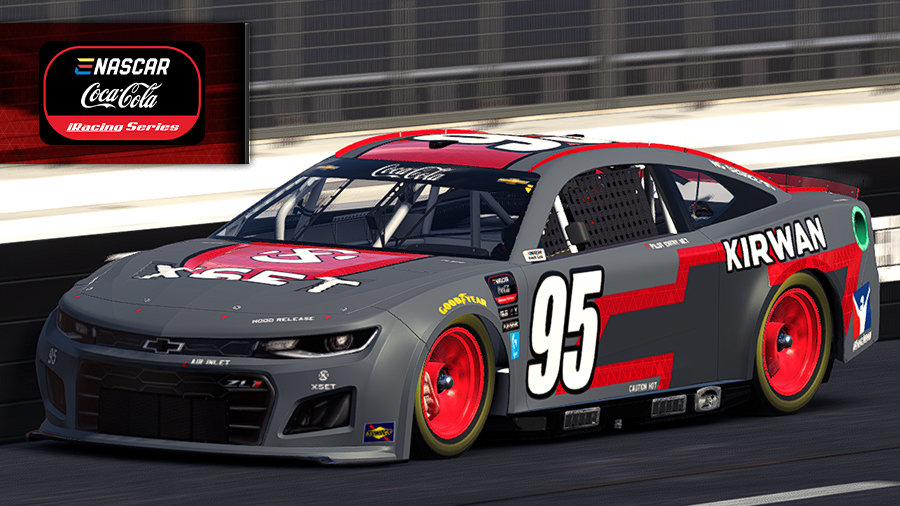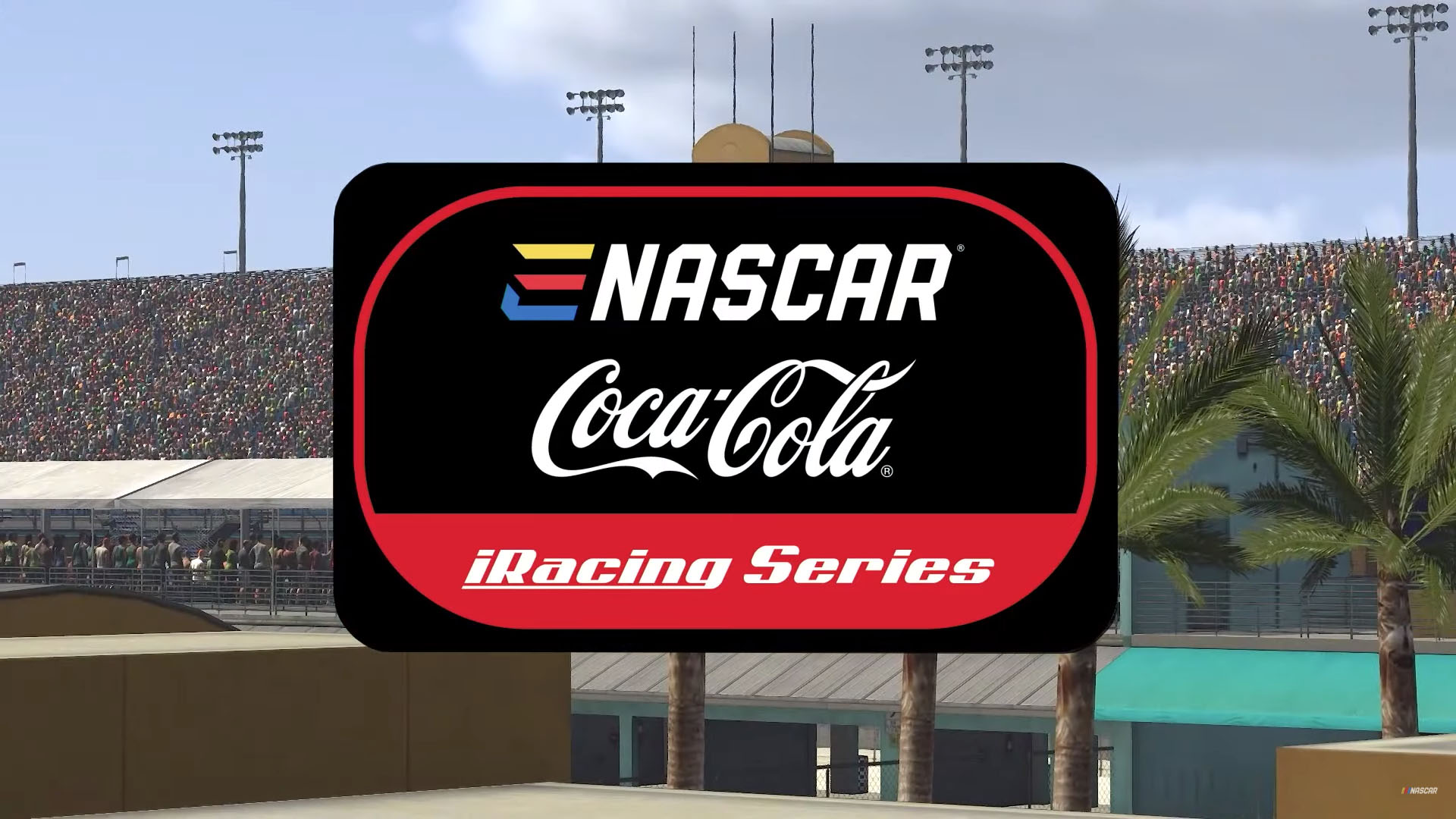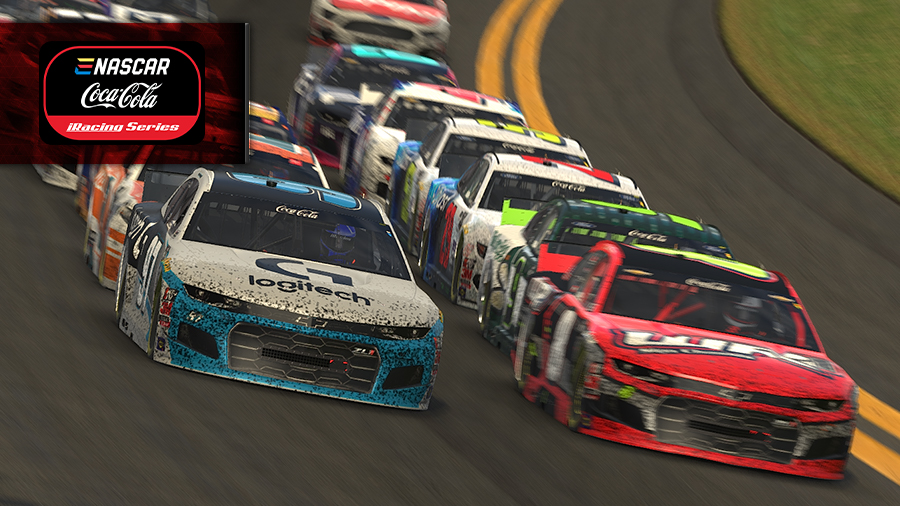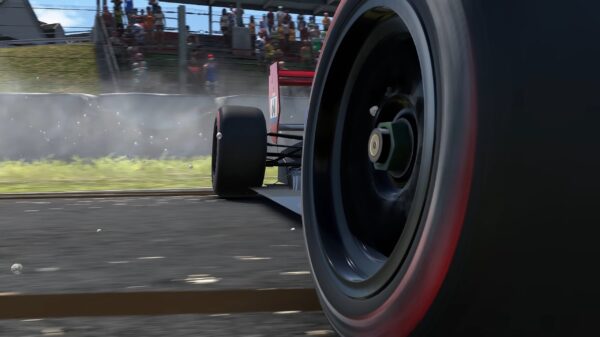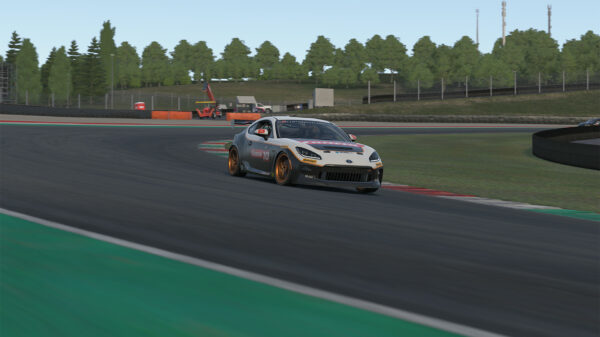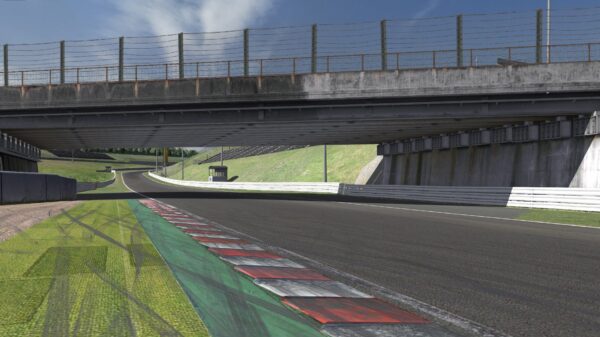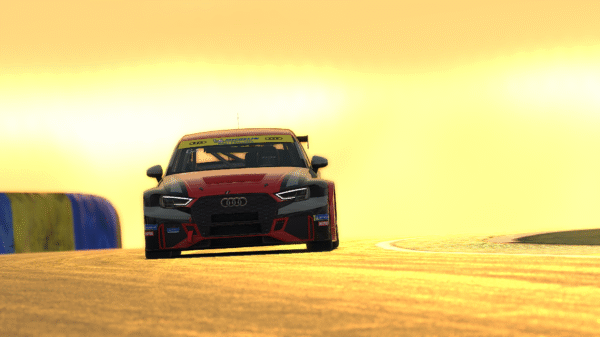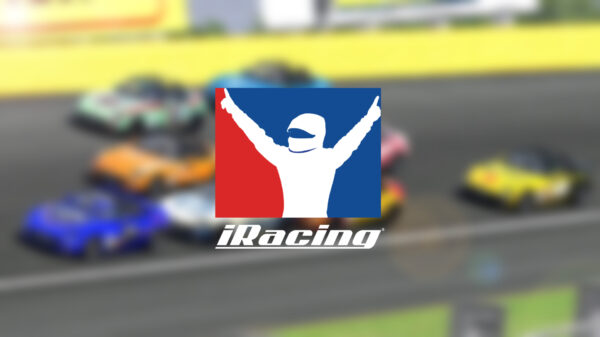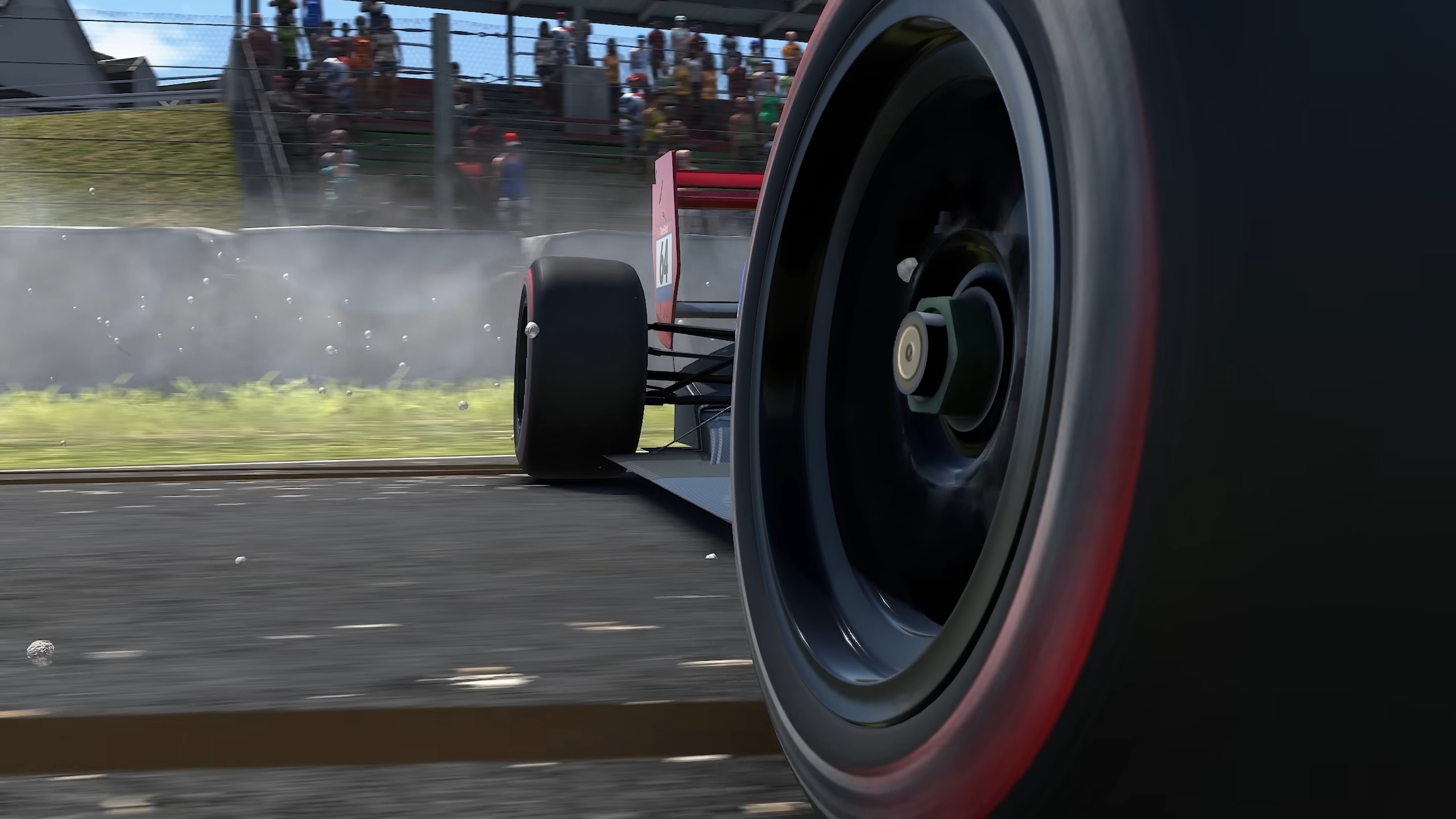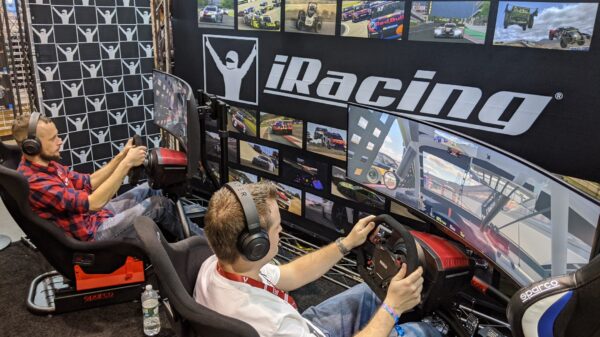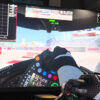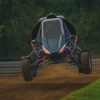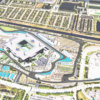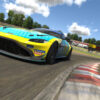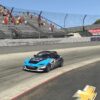The iRacing NTMv10 tire model is entering its final round of internal testing.
In the August 2025 development update, iRacing confirms that the new physics system is almost complete after more than a year of work. Developers say NTMv10 will deliver major upgrades to tire heat simulation, force feedback, and overall car feel.
This project is one of iRacing’s biggest physics overhauls in years. It rebuilds the connection between the tire, suspension, and track surface using an all-new modular system. The team calls it a “foundation for the future” that will support every car in the sim once fully released.
Also See:
➡️iRacing Shares First Look at NTMv10
➡️A New Era for Tire Physics
Smarter Tire Behavior
The iRacing NTMv10 focuses on realism through more detailed contact patch modeling. Each tire is divided into several micro-sections that respond independently to heat, pressure, and road texture. Because of this, drivers will feel a smoother grip curve as tires flex and recover through each corner.
Developers note that this model also improves multi-groove grip logic. Different racing lines will wear and heat the track surface differently, creating more dynamic conditions during long sessions. As a result, drivers will experience changing grip levels and better feedback when hunting for pace.
Better Force Feedback and Handling
One of the biggest improvements coming with NTMv10 is its new force feedback response. The tire model transmits more detailed information to the wheel, helping drivers feel subtle slides before they happen. This change should make the cars more controllable and predictable at the edge of grip.
Additionally, the system interacts more closely with suspension geometry.
That means bumps, camber changes, and road imperfections now influence how tires build and release grip. It’s a more connected experience from steering input to tire behavior.
Designed for Long-Term Expansion
According to iRacing’s physics engineers, NTMv10 is built as a modular platform.
This approach lets them update parts of the tire model without reworking the entire system. Future updates can target specific areas such as compound behavior, wet weather, or off-road performance.
The new model also runs at a higher physics sampling rate, improving accuracy and reducing latency between input and tire response. This technical leap ties directly into iRacing’s ongoing DX12 graphics and physics modernization efforts.
Community Reactions
The latest update sparks immediate discussion on iRacing’s forums and social media. Many users praise the long-term approach, noting that NTMv10 could unify tire behavior across all car classes. Others are excited about the promised improvements to feel, saying it could transform both casual and competitive racing.
Several drivers also speculate that public testing could begin later this year, leading to a full rollout in early 2026.
For years, members have asked for more consistency in tire grip and temperature management. The iRacing NTMv10 answers that request with smarter physics, deeper feedback, and a more realistic connection between car and track. It’s not just a new tire model — it’s the next major leap in how iRacing replicates real-world driving dynamics.
Once testing concludes, the rollout of NTMv10 will mark a defining moment for the sim’s evolution.

